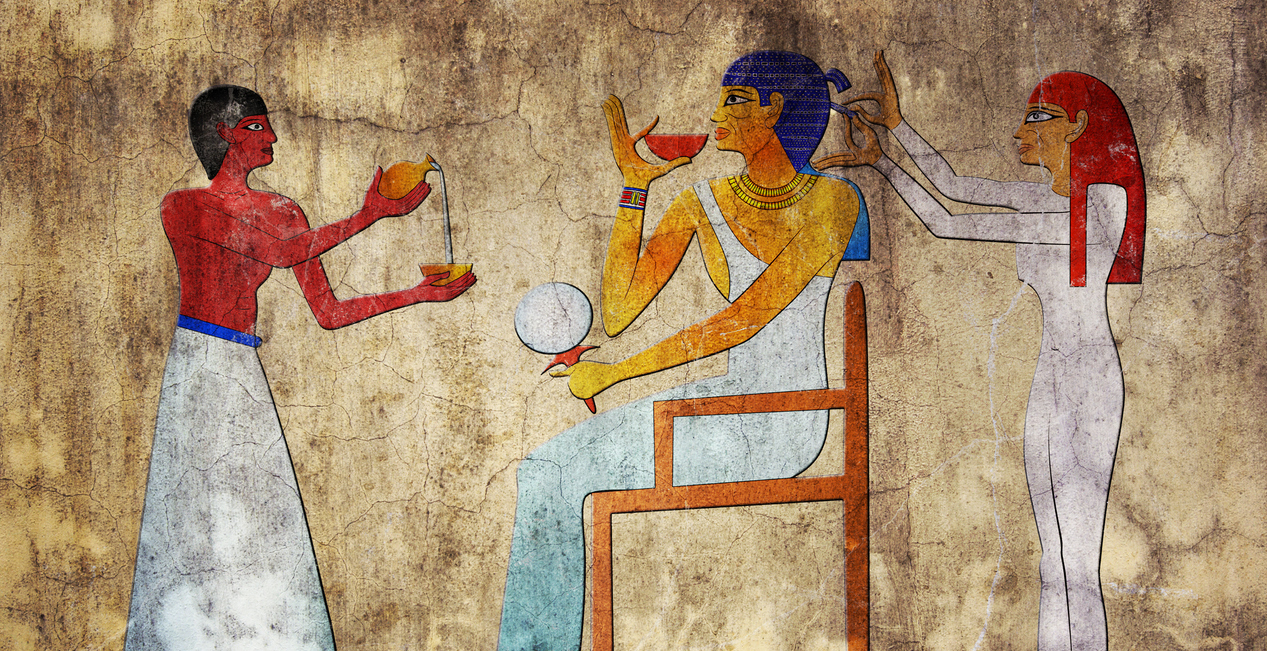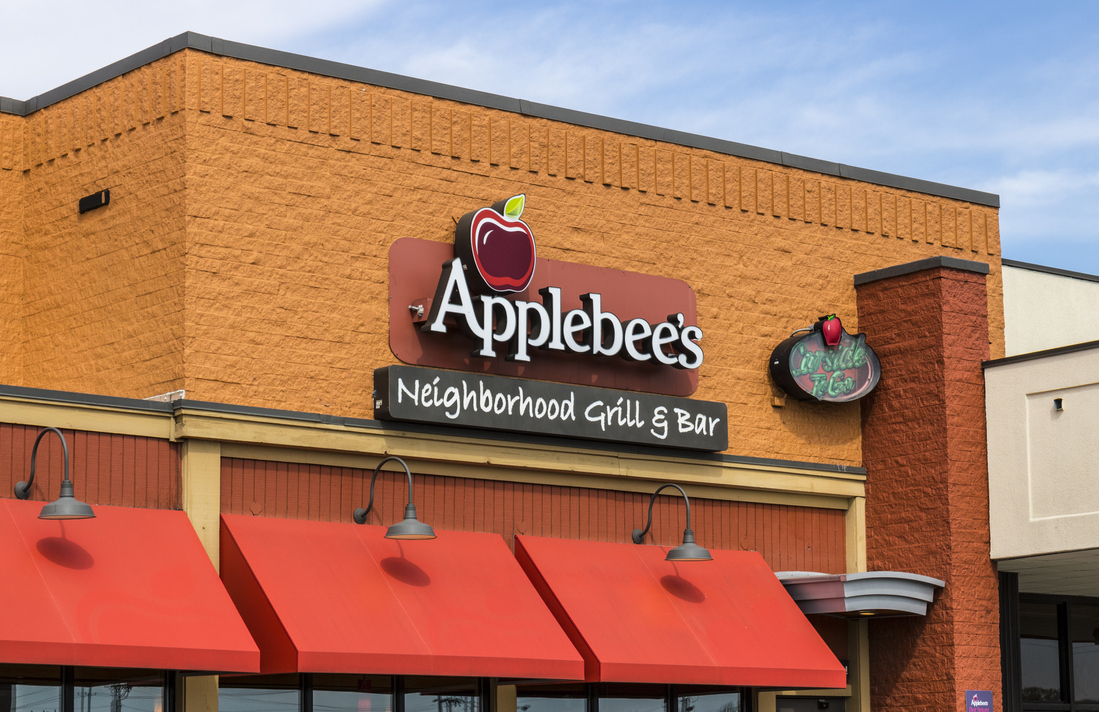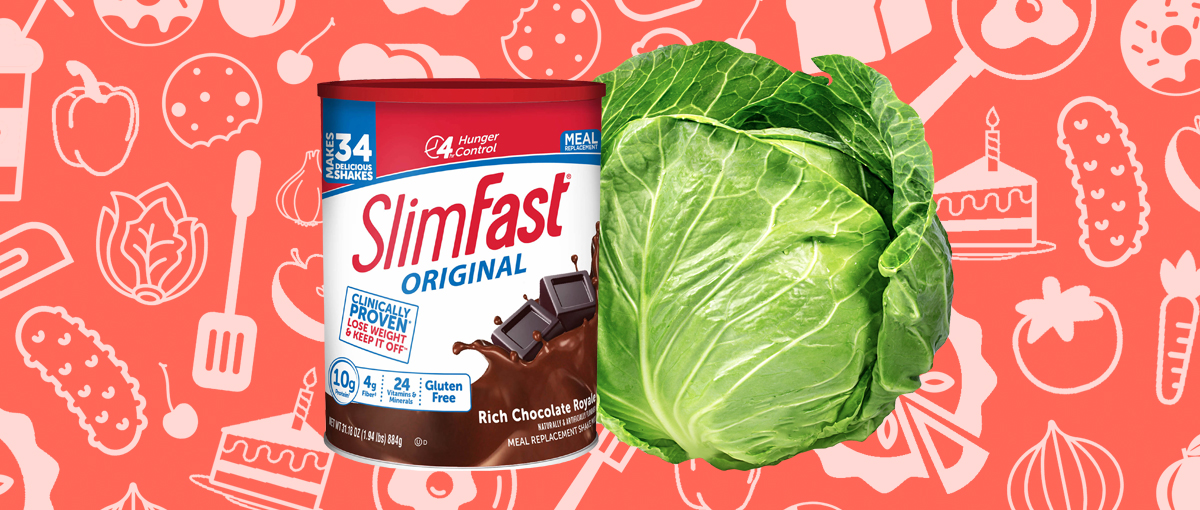In order to build the majestic pyramids and impressive tombs of ancient Egypt, the ancient Egyptians needed to be well fed. The laborers relied on basics to get them through their wearisome days. However, those who could afford the finer things in life ate some pretty bizarre things. Chances are you won’t find these ancient Egyptian delicacies in your local supermarket. And honestly, if you can, we’re questioning the motivations of your grocer.
Ancient Egyptians mainly relied on bread and vegetables to get them through their day-to-day. They made their bread out of wheat and barely, and ate vegetables like beans, leeks, cabbage, and radishes. The Egyptians had mastered the art of domesticating animals like cows, sheep, and chickens, so dairy was also central to the average ancient Egyptian meal. They were no stranger to cheeses, milk, and yogurt, and even the poorest could afford to obtain or make these products.
The wealthy ancient Egyptians ate similar fare to that of the lower classes — however, their meats were more exotic and they were able to use more spices and lavish cooking techniques. Many of the below bizarre foods are wild game-related, and that’s merely because many modern Egyptians (and those of us around the world) are eating the same stuff their ancestors did thousands of years ago.
If it isn’t broken, don’t fix it, right?
1. Ostrich

The ancient Egyptians traded for ostriches and ostrich-related goods from Nubia, Ethiopia, and Punt. They did not see the ostrich as sacred. However, the ancient Egyptians saw the bird as a symbol of fertility, and valued its feathers and eggs.
It has been proven that ancient Egyptians domesticated ostriches and raised them for their meat. When an ostrich was eaten, the feathers would be used in religious ceremonies and for fashion, whereas the eggs were hollowed out and used as serving dishes, or even made into jewelry.
2. Marshmallows

The ooey-gooey campfire treat was first enjoyed by ancient Egyptians around 2,000 BC. They first harvested mallow plants from marsh regions and squeezed the sap from them. They then mixed the mallow sap with nuts and honey and ate the concoction, giving thanks to the gods. Marshmallows were such a treat that they were usually only enjoyed by royalty. We wonder what kind of campfire stories they shared while eating them.
3. Pigeon

An excavation of an ancient Egyptian tomb dating from around 3,000 BC revealed that pigeon was likely eaten during a funeral meal. Ancient Egyptians were also adept at building pigeon towers for domestication purposes, and pigeons were bred to either carry messages or to eat. Talk about killing two birds with one stone (sorry).
4. Mead

The ancient Egyptians did mead way before any Europeans tried it out. They made their mead by using yeasty bread that was baked at a temperature that allowed the yeast to remain active. After baking, they would then crumble the bread into vats filled with water, allowing it to ferment. The mead that resulted was probably pretty cloudy and thick with remnants of bread left over after straining. We can’t imagine it would taste particularly good, but it got the job done.
5. Hedgehogs

During the era of ancient Egypt, hedgehogs (yes, hedgehogs) were considered wild game and hunted for their meat, according to History.com. We’re not exactly sure how full one would be after eating a hedgehog, nor can we imagine wanting to eat one of these sweet little guys. They’re too cute!
6. Palm Drink

According to the research site PerAnkh.com, ancient Egyptians made palm vino from palm trees. It’s unclear how exactly they did so, but it’s believed that the Egyptians made incisions in the stems of date palms and collected sap from the cuts. They may have then let the sap ferment. Besides drinking palm beverage, the ancient Egyptians also reportedly used it in mummification ceremonies.
7. Onions

Onions are by no means bizarre and are as popular today as they ever were. However, the rules that surrounded onions in ancient Egypt were weird — like, extra weird. According to PerAnkh.com, celibate priests could not eat onions because they were believed to have aphrodisiacal effects. Now you know…
8. Lotus Flowers

The lotus flower was seen as a symbol of rebirth and creation, and was connected to the sun and its corresponding god, Amun-Ra. It’s scent, thought to be of divine origin, was added into perfumes and ointments. As LandOfPyramids.org states, the flower was sometimes worked into medicines and was even used as an aphrodisiac.
9. Hippos

Hippos were also hunted during the ancient Egyptian era, which, along with hedgehogs, is rather unexpected. It must have been quite the feat trying to take down a hippo, which is considered one of the most dangerous species on Earth. And honestly, we can’t really imagine how they managed to do this — it must have taken a lot of manpower.
10. Goat

Similar to how cattle, sheep, and pigs were raised in most cultures for slaughter, goats were also slaughtered and eaten in ancient Egypt. It was treated the same as any other meat, and was either boiled into a stew or roasted. If the meat could not be eaten right away, it was cured with salt or brine, or preserved by smoking or drying.
11. Pelicans

Along with the standard poultry that was eaten in ancient Egypt, like duck, goose, and crane, pelicans were also captured and roasted for upperclass banquets. Sometimes, hunters would catch the birds while still alive, and fatten them up with oil-soaked bread and wine before slaughter. Not an ideal way to go…
12. Gazelle

Just like hedgehogs and hippos, wild gazelles were hunted in ancient Egypt. History.com states that archaeologists have found tombs that detail lavish dinners of honey-roasted gazelle, which was something most likely eaten by nobles, royalty, or religious men. This was eaten alongside roasted duck, pomegranates, a fruit known as jujubes (like berries), and honey cakes.
13. Papyrus Stalks

Long before Papyrus became a font that angered Ryan Gosling on SNL, ancient Egyptians used the actual plant for a myriad of different things, including food. Similar to other stalky vegetables like celery, papyrus could be stewed, added to soups, or gnawed on raw. Papyrus was more often used for paper-making, basket-weaving, and was even used to make some clothing.
14. Spoiled Meat

Because of their harsh, hot climate, ancient Egyptians had a difficult time keeping meat fresh for extended periods of time. If they were too late in curing meat, and needed to cook it despite it being less than fresh, they would utilize spices to cover up the fact that they were using almost-spoiled, or fully spoiled, meat. Spices like thyme, parsley, and marjoram were available, as was salt and mustard seeds.
15. Turtles

Turtles were depicted in many scenes within ancient Egyptian art, some of which show the turtle as being an enemy to the sun god Amun-Ra (sometimes spelled “Re”). However, other ancient Egyptians saw the turtle as a defender of a person’s health and wellness — therefore, it was an animal used on amulets and used as a protective symbol. So, some were okay with consuming turtle and others were not.
Bonus: Europeans actually ate ancient Egyptian mummies.

Ancient Egyptians weren’t the only ones who were eating some whacky things. Later down the timeline, in 17th-century Europe, people believed that eating powdered mummies would cure them of all their ailments. Upon excavating Egyptian mummies in Egypt, European doctors would grind up the ancient corpses and sell the concoction to their patients, telling them to mix it into chocolate and eat the essence of this being whom was once alive. Absorbing the spirit of another’s soul by physically eating them was supposed to revive a patient and cure almost anything.
Could you have survived in ancient Egypt with a menu like this? We’re cool with the marshmallows. But the hedgehogs… um… no, thank you.








